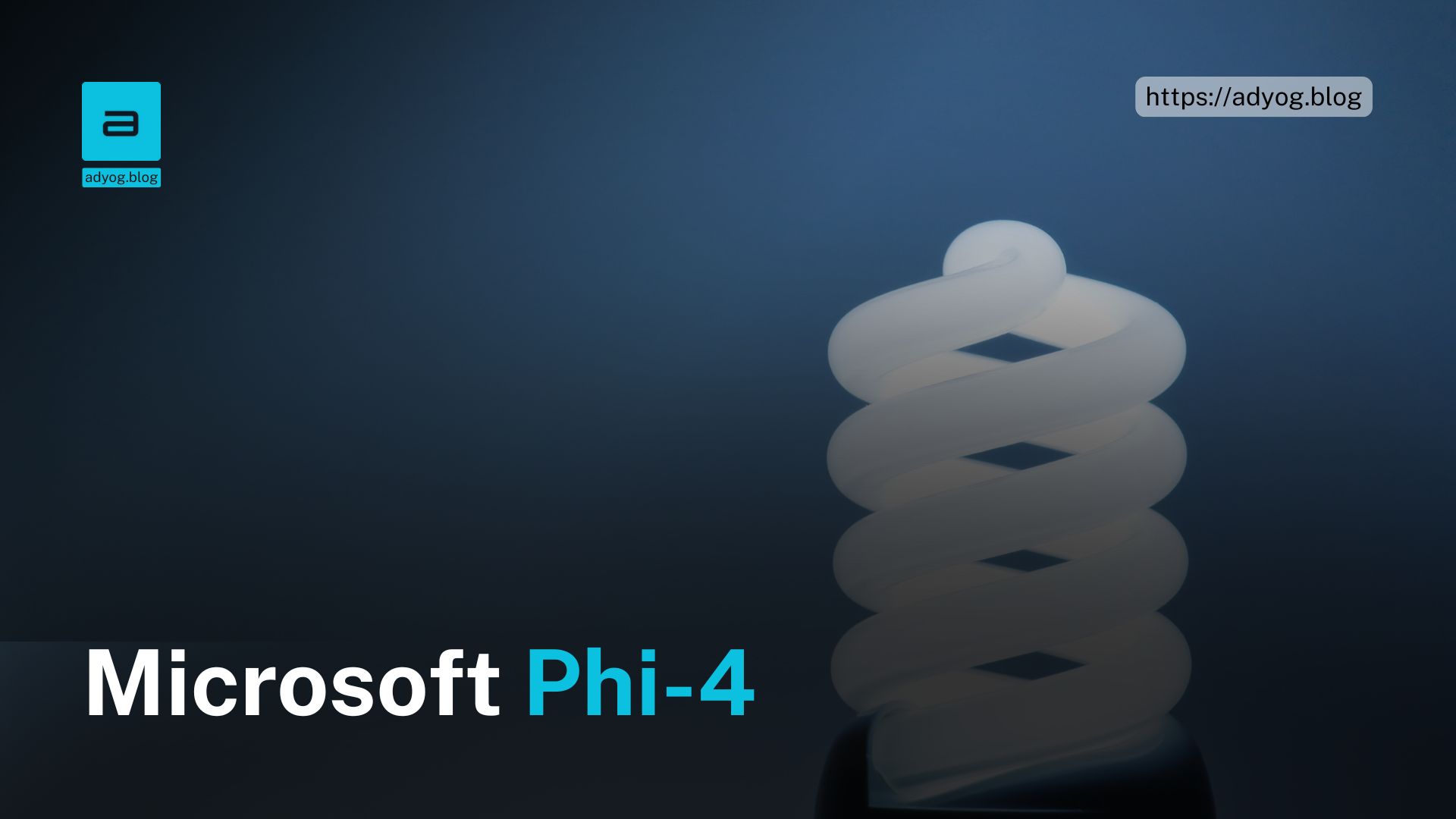Microsoft has taken a significant step in AI innovation with the release of its latest language model, Phi-4, on the Hugging Face platform. This compact yet powerful model demonstrates that size isn’t everything when it comes to AI performance. Released under the MIT license, Phi-4 is designed to democratize access to cutting-edge AI technology, making it accessible to developers, researchers, and businesses worldwide.
This article delves into Phi-4’s unique capabilities, training methodologies, and the broader implications for the AI industry.
Key Features and Benefits of Phi-4
Phi-4 is more than just a scaled-down AI model—it’s a testament to how compact efficiency can rival larger, resource-intensive systems. Here’s what makes Phi-4 stand out:
1. Compact and Energy-Efficient Design
Phi-4’s lightweight architecture enables it to run on consumer-grade hardware, reducing the need for costly server infrastructure. This energy-efficient design aligns with the tech industry’s growing focus on sustainability, making Phi-4 an ideal choice for businesses seeking green AI solutions.
2. Superior Mathematical Reasoning
Phi-4 excels in mathematical tasks, achieving an impressive 80.4 on the MATH benchmark. This places it ahead of many larger models, making it a strong contender for industries like finance, engineering, and data analytics, where precision is paramount.
3. Domain-Specific Accuracy
By training on curated datasets, Phi-4 demonstrates exceptional accuracy in specialized applications. It’s particularly valuable in:
- Healthcare: Assisting with diagnostics and patient management.
- Customer Service: Automating responses while maintaining compliance and accuracy.
- Education: Tailoring content for personalized learning experiences.
4. Enhanced Safety and Ethical Deployment
Phi-4 integrates Azure AI Content Safety tools, including features like prompt shields and protected material detection. These safeguards mitigate risks associated with adversarial prompts, ensuring secure deployment in real-world environments.
Innovative Training Methodologies
Phi-4 employs a hybrid training approach combining synthetic datasets with curated organic data. This method boosts the model’s effectiveness while addressing common data availability challenges. By leveraging this balanced approach, Microsoft has achieved a model that is both scalable and precise.
Technical Highlights
For those interested in the technical aspects, Phi-4 is built on a transformer-based architecture, optimized for efficient computation. Key innovations include:
- Learning Rate Adjustments: Carefully calibrated to balance convergence speed and model accuracy.
- Layer Freezing: Retaining pre-trained knowledge while adapting specific layers for new tasks.
- Dropout Strategies: Enhancing generalization by preventing over-reliance on specific patterns.
Phi-4 vs. Competitors
Phi-4 enters a competitive landscape where models like GPT-4 and Llama 2 dominate. Here’s how it compares:
- Compact Size: Unlike GPT-4, Phi-4’s smaller footprint makes it more accessible for mid-sized businesses.
- Energy Efficiency: Phi-4 requires significantly fewer resources than larger models, reducing both cost and environmental impact.
- Specialization: Its training on curated datasets provides superior domain-specific accuracy compared to generalist models.
Addressing Challenges and Limitations
While Phi-4 represents a leap forward, it’s essential to consider its limitations:
- Complex Language Understanding: Like other compact models, Phi-4 may struggle with highly nuanced or abstract tasks.
- Bias and Fairness: Despite robust training, biases in training data can affect model outcomes. Ongoing research is needed to address these issues.
- Scalability: Adapting Phi-4 for large-scale enterprise applications may require additional optimization.
Applications Across Industries
Phi-4’s versatility makes it a valuable asset across various sectors:
- Healthcare: Streamlining diagnostics with high accuracy.
- Finance: Enhancing predictive analytics for risk management.
- Education: Supporting personalized learning with tailored content generation.
- Customer Service: Automating interactions while ensuring compliance with customer data policies.
Sustainability and Accessibility
Phi-4’s compact design is a step toward a more sustainable AI ecosystem. By showcasing that smaller models can deliver high performance with lower resource consumption, Phi-4 sets a precedent for environmentally-conscious AI.
Conclusion: A New Era for AI
Microsoft’s Phi-4 model embodies the future of AI—accessible, efficient, and effective. Its release on Hugging Face under the MIT license democratizes AI, empowering developers and businesses to innovate without financial or technical barriers. As the tech industry evolves, Phi-4 stands as a beacon of sustainability, accessibility, and innovation.





Leave a Reply